11 Sep 2018
Going beyond achieving Green Mark certification, DSTA engineers worked with the Singapore Army and explored how to ‘zero a building’ – so that the building generates enough energy for its own use. Their efforts pave the way towards the first Zero Energy Buildings (ZEB) for the Singapore Armed Forces (SAF).
On 5 September 2018, DSTA pledged towards the Super Low Energy (SLE) Challenge – marking another milestone in the organisation’s sustainability efforts after receiving the Green Mark Champion award in 2017. This Challenge, introduced by the Building and Construction Authority, represents Singapore’s latest Green-Mark SLE certification – which is the highest standard for energy efficiency. Buildings can achieve either an SLE status for consuming very low amounts of power, or a Zero Energy status for tapping only renewable sources for its energy consumption
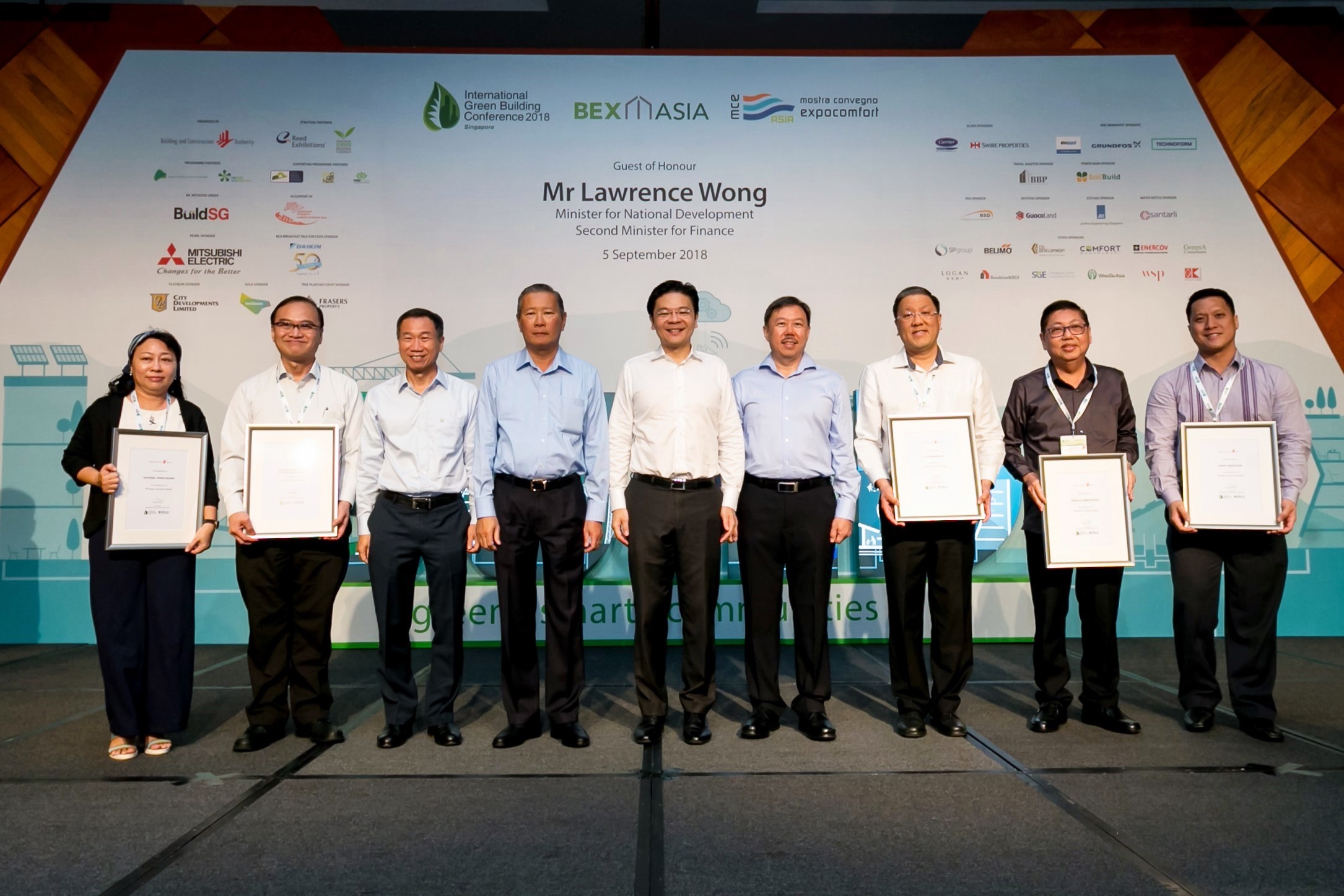
Represented by Deputy Chief Executive (Strategic Operations) Pang Chung Khiang, DSTA was among the first 14 organisations in Singapore to participate in the SLE Challenge
For DSTA, two of its developments for the Army – in Kranji Camp and Seletar Camp respectively – are on track to achieving ZEB. Before this SLE challenge, the Kranji Camp building was awarded Green Mark Platinum in 2017, the highest-tier for Green Mark certification then, while the Seletar Camp building was awarded Green Mark Gold in 2012.
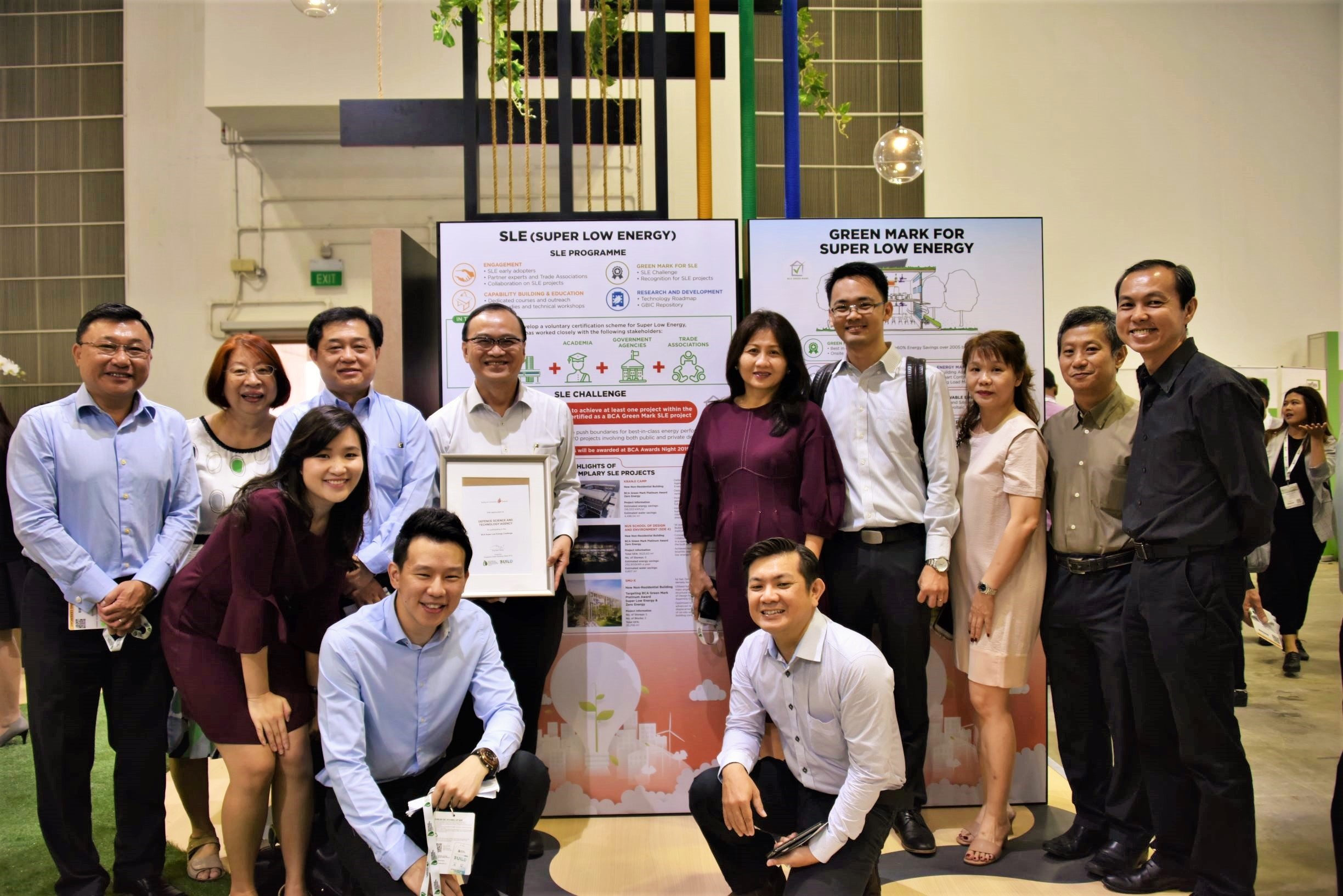
“After achieving Green Mark Platinum for the Kranji building, our team was looking for other sustainable strategies,” explained Senior Programme Manager (Building and Infrastructure) Edmund Teo. ZEB was assessed as a feasible initiative, as it could meet the project’s principal conditions of sustainability, productivity, and cost-efficiency. For the team, it was a happy coincidence to realise that their efforts were in line with the latest SLE certification.
From the start, the team designed the Kranji building to minimise energy consumption. To reduce the use of fans, DSTA adopted computational fluid dynamics to simulate wind flow, and optimise the building layout for natural ventilation. Solar light pipes are used to channel sunlight into the building interior instead of relying solely on artificial lights. Furthermore, sensors are introduced to automatically lower artificial lighting levels when there is sufficient sunlight, conserving energy.
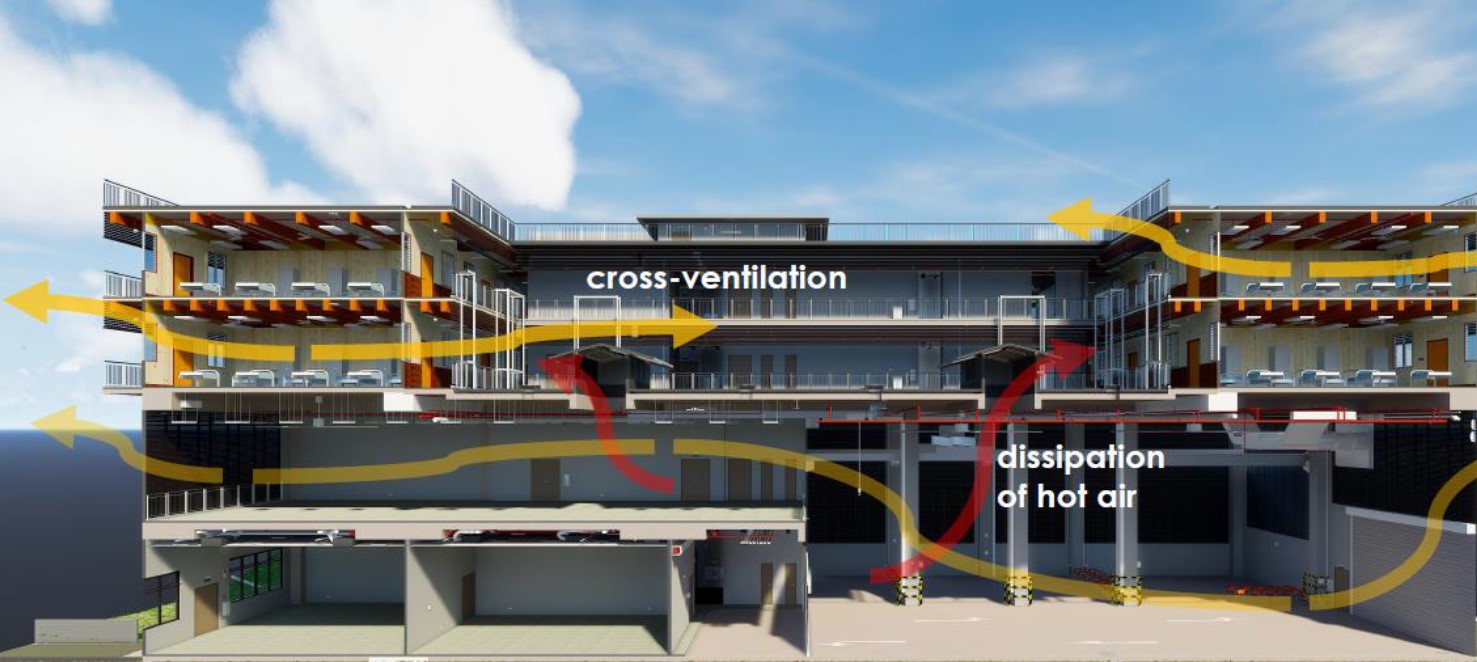
Maximising natural ventilation at Kranji Camp building
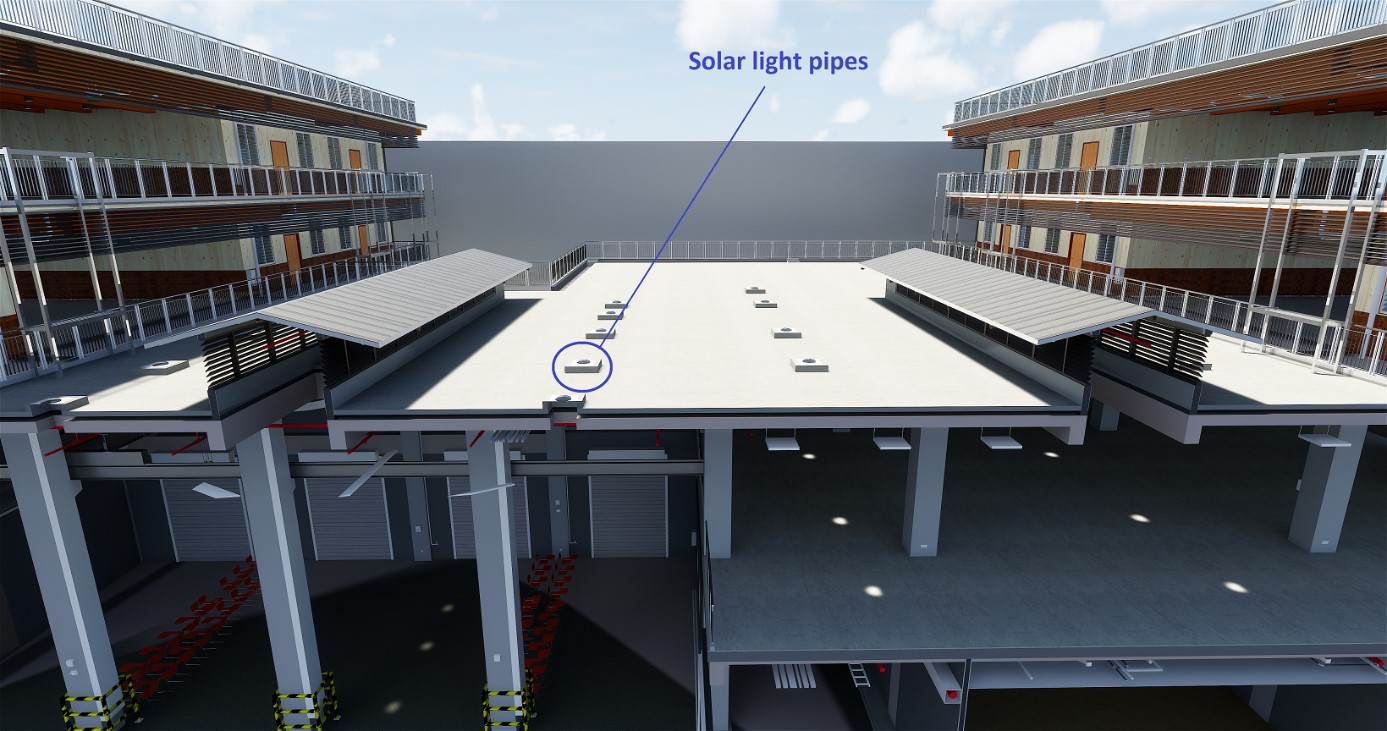
Solar light pipes to channel sunlight into Kranji building
To achieve the next leap beyond saving energy, the team looked into how the building could generate energy. Hence, they identified the use of solar panels. Similarly, the team behind the Seletar building was exploring the use of these panels – in line with a national initiative to aggregate demand for the panels across government agencies, so as to achieve economies of scale.
“We had to look at every building in Seletar Camp to assess which ones could be zero-ed,” explained Senior Programme Manager (Building and Infrastructure) Jaycey Chia. One criteria was to have roof space for installing solar panels to generate enough renewable energy.
The Seletar building, however, had limited roof space. If industry-standard panels were used, 15% more space would be required in order to generate sufficient energy the building required. Not giving up, the team decided to search for alternative solutions that could work for a roof of this size. They managed to identify new high-efficiency solar panels (21.5% efficiency compared to 18%) which can generate enough energy and in the long term reap savings beyond the cost.
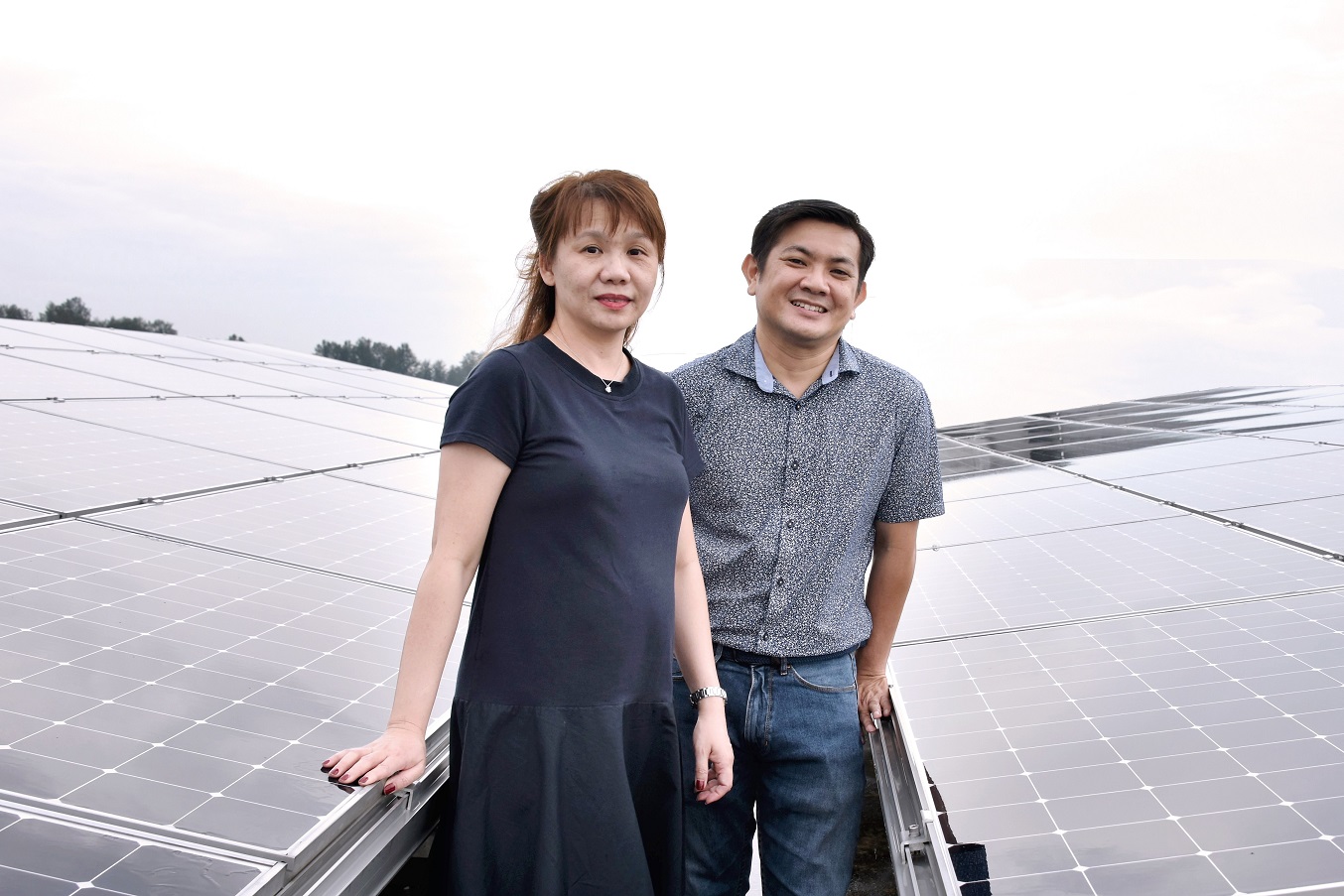
Jaycey (left) with Programme Manager (Building and Infrastructure) Johnny Hsu who implemented high-efficiency solar panels for the Seletar Camp building
With the solar panels, the two Army buildings will save close to 540 MWh of electricity a year – equivalent to the annual electricity consumption of about 116 four-room HDB flats. It also translates to approximately more than S$127,000 cost savings per year.
In addition, the team introduced mass engineered timber for the Kranji building, a first in SAF facilities. It is a sustainable material as compared to concrete, and provides a pleasant wood finish which gives feelings of warmth and comfort to the occupants.
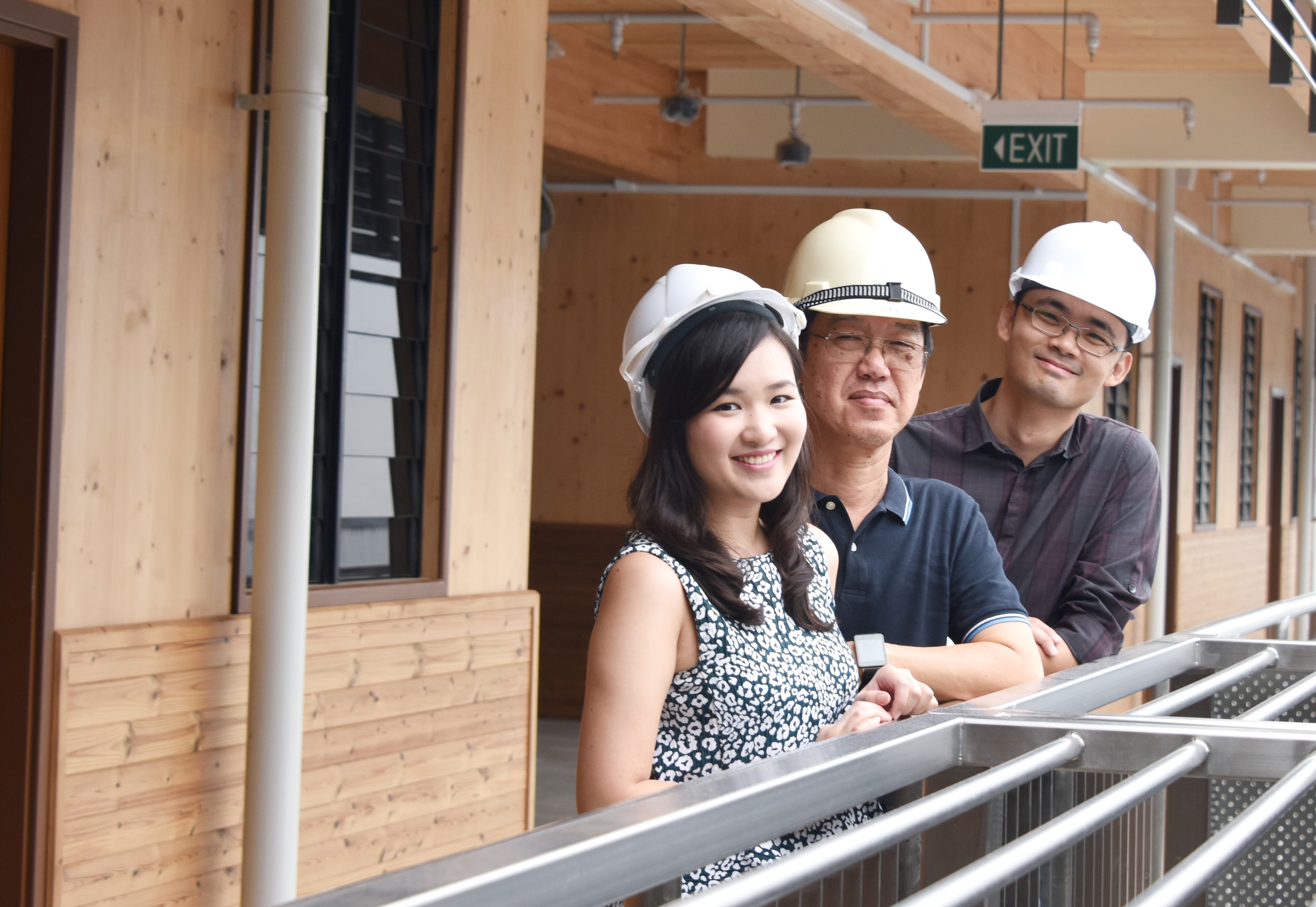
Edmund (right) with Senior Engineer Le-Anne Lee and Senior Technical Officer Johnny Ng from Building and Infrastructure Programme Centre. The team introduced mass engineered timber among other features to enhance sustainability for the Kranji Camp building.
Proud to play a part in designing more sustainable buildings while still meeting operational requirements, Edmund added: “The two ZEB buildings are a good representation of buildings typically found in camps and are relatable to the average soldier. By striving to achieve ZEB for these common buildings, DSTA will explore scaling up such efforts and implement ZEB for other projects where appropriate.”